LandCruiser 300's V6 turbo-diesel oil consumption problem
Australia's most objectively deceitful car company, Toyota, is already hosing down customer complaints about allegedly excessive engine oil consumption in that obese, planet-killing, waste-of-resources also known as the Land Cruiser 300. Here’s what you need to know about Toyota’s oil burner…
According to a document obtained by AutoExpert, the Australian champion misleading deceivers we know as Toyota Australia have issued some information about the new V6 diesel in the 300 Series you should know about - especially if you’re considering buying one.
With its hot-V engine design abomination >> the 300 is likely to drink more than 1.7 liters of engine oil in between standard services, this is according to a video posted by Nunawading Toyota on YouTube which details a “protected customer information bulletin”, presumably sent from head office to that dealership.
Now, I suspect that document is going to be taken down directly, which is why, fortuitously enough, I have already downloaded it and secured a copy for safe keeping. You know, just in case. You can watch the original Toyota 300 Series oil consumption bulletin report here >>
Let’s drill down into exactly what that document says and what it means if you own one or you're on the cusp of slapping down the big bucks on the counter and jumping in the queue.
Following its recent conviction in Federal Court for misleading or deceptive conduct over the 2.8 litre diesel DPF integration problem, on Hilux, Fortuner and LandCruiser Prado sold between 2015 and 2020, it's kind of hard for me to see this latest thing as being just accidental or a coincidence.
Land Cruiser 300 has a ‘hot-V’ and if you’re a little hazy on the design configuration of engines here it is:
Where there’s a bank of cylinders on the left and right sides, they usually have the inlet on the top, and the flow is across the head, towards the outsides, where the exhaust just farts itself out down the side of the vehicle - typically. This is really good for heat management, but not so great on the inlet side because it involves a whole lot of convoluted plumbing.
If you reverse the flow, like Toyota has done in the design abomination of the LandCruiser 300, by putting the inlets on the outside, that's good for plumbing, but it's kind of sucks for thermal management because: where does the heat go? It's all up at the top of the engine and getting it to flow out the ass of the car is something of a challenge.
For every manufacturer who's ever gotten a hot-V out of the blocks, they tend to be a basket case of unreliability because waste heat invariably does not escape and it keeps frying stuff. And, it gets worse and worse the older the engine gets. But apparently this memo did not get to the shot callers at Toyota before they decided this was a good idea.
But I'm not alleging this excessive oil consumption problem has anything to do with thermal management, I'm just saying that it’s important for context and hey, maybe we've got that to look forward to as well.
This document is called customer information even though it's “protected”. Whatever that means.
Customer Information - Land Cruiser Engine Oil
It begins with this perfunctory kind of introductory corporate masturbation orbiting just what a design triumph this engine really is, how awesome it is - which is clearly why it burns so much oil in between services - at least in many cases. And I say ‘in many cases’ because why else would they have gone to the trouble of pinning this bulletin up if it wasn't to hose down a bunch of customers attending dealerships complaining about just how much oil their 300 is burning through.
This is a direct quote from the document received and read out by Nunawading Toyota in its video:
The F-33A-FTV engine is fitted with a ‘Low Engine Oil” level caution notification that may display on the MID (Multi-function Information Display) during the first (12-month/20,000km) or between services under some operating conditions.
I gotta say you'd think a company with the resources of Toyota could just employ someone with basic literacy skills so that they don't look like rank amateurs when they post various documents out for their customers via their dealers. This thing, if a kid in year 10 turned in as part of their assignment, you'd be saying something.
Translated, I’d suggest it means:
We backed off the clearances in everything that matters like the rings and the bearings and things of that nature just so that we could meet the various emissions regulations standards around the world and that's why this engine drinks like a sailor
It goes on and says:
why do engines use oil
A question mark would have been nice.
All engines are designed to use oil
I'd say that's a piece of corporate bullshit because, yes, some oil consumption is inevitable because oil remains on the surface of the bores as the pistons slide up and down; some vestigial oil remains there and inevitably some of that gets burned. It just does. There's also some oil mist in the crankcase that inevitably gets back into the engine via the PCV system - that's inevitable as well.
But the management of oil consumption by manufacturers really varies a great deal across the industry and most engines use an imperceptible amount of engine oil, whereas this shitbox LandCruiser is likely to drink 1.7 litres.
It doesn't matter how many customer information bulletins you issue, this is an R&D disaster. Engines are not meant to drink oil like that, speaking as an engineer. That level of oil consumption can be managed.
Engine oil consumption will vary greatly depending on the vehicle's normal usage / operating conditions
Hard to argue with that, I suppose. But does Toyota have any idea how to punctuate?
If the vehicle is used in conditions that result in higher fuel consumption, more engine oil consumption will be expected
So this is just warming you up for dropping your trousers and copping it: your engine drinks a lot of oil, just live with it.
My AutoExpert AFFORDABLE ROADSIDE ASSISTANCE PACKAGE
If you’re sick of paying through the neck for roadside assistance I’ve teamed up with 24/7 to offer AutoExpert readers nationwide roadside assistance from just $69 annually, plus there’s NO JOINING FEE
Full details here >>
AutoExpert DISCOUNT OLIGHT TORCHES
These flashlights are awesome. I carry the Olight Warrior Mini 2 every day - it’s tiny, robust, and super useful in the field or in the workshop. Olight is a terrific supporter of AutoExpert.
Use the code AEJC to get a 12% discount >>
Generators suck! Go off-grid with AutoExpert BLUETTI PORTABLE POWER STATIONS
Need mobile, reliable power? If you’re camping, boating, caravanning or building a dirty big shed in the back paddock, and you need to run a refrigerator, lights, air conditioner, cooking, and/or a bunch of tools - Bluetti has a clean, tidy, robust solution…
Get your AutoExpert free shipping discount here: https://bit.ly/3n62heK
WHAT KIND OF DRIVING CAUSES LC300 OIL CONSUMPTION TO SPIKE?
It begs an obvious question: Exactly what conditions are going to cause this excessive consumption? Which is why I suppose they've included the following:
The following situations are examples where oil consumption may increase:
1. When the engine is new
That's just hosing you down up front;
2. Sustained high speed operation
Considering the highest speed you can drive out outside the Northern Territory is like 110km/h, that means a sustained 110;
3. Frequent hard acceleration or deceleration
So, lead-foot driving, essentially.
4. High engine load operations such as towing or high payload
And that would be a means of hosing down all 4x4 adventuring and off-roading enthusiasts, anybody towing a 3.5-tonne aluminium caravan where your effluent goes on tour, which is what they’re happy to advertise it as being able to do.
5. Leaving the engine idling for a long period of time,
6. Driving frequently through heavy traffic or excessive stop-start driving
So as far as I can see, when I think about all of those conditions, what they've done here is list every possible mode of driving that a person can do in a LandCruiser, fromt city to highway to towing to heavily laden, to aggressive driving or simply being stuck in freaking traffic like everybody else trying to get home on a Friday afternoon.
What the fuck else kind of driving is there left where the 300 won’t consumer excessive amounts of oil?
As far as I can tell, Toyota is trying to weasel out of every conceivable customer complaint about oil consumption, as if to say ‘it's not our vehicle, it's on you and how you drive’.
How very convenient.
Disgracefully enough, in my view, this is turning this problem into a money-making opportunity for dealers, because what they're actually doing is just saying you can come in and bring your LandCruiser in for another service, for an intermediate service, instead of the usual 12 months and 20,000 kilmoetres. Let's do it every three months and 5000km: problem solved. Kaching!
This problem is - guaranteed - not disclosed at the point of purchase or at any time that I can tell in the lead-up to actually buying this vehicle. It’s certainly not gonna be in the sales brochure. They don't disclose to you, ‘Just letting you know she might drink two to three litres of oil in between services - but that's not going to be a problem. You're cool with that, right? Just sign here; that'll be $5000 deposit.’
I'd love to see a dealer actually say that.


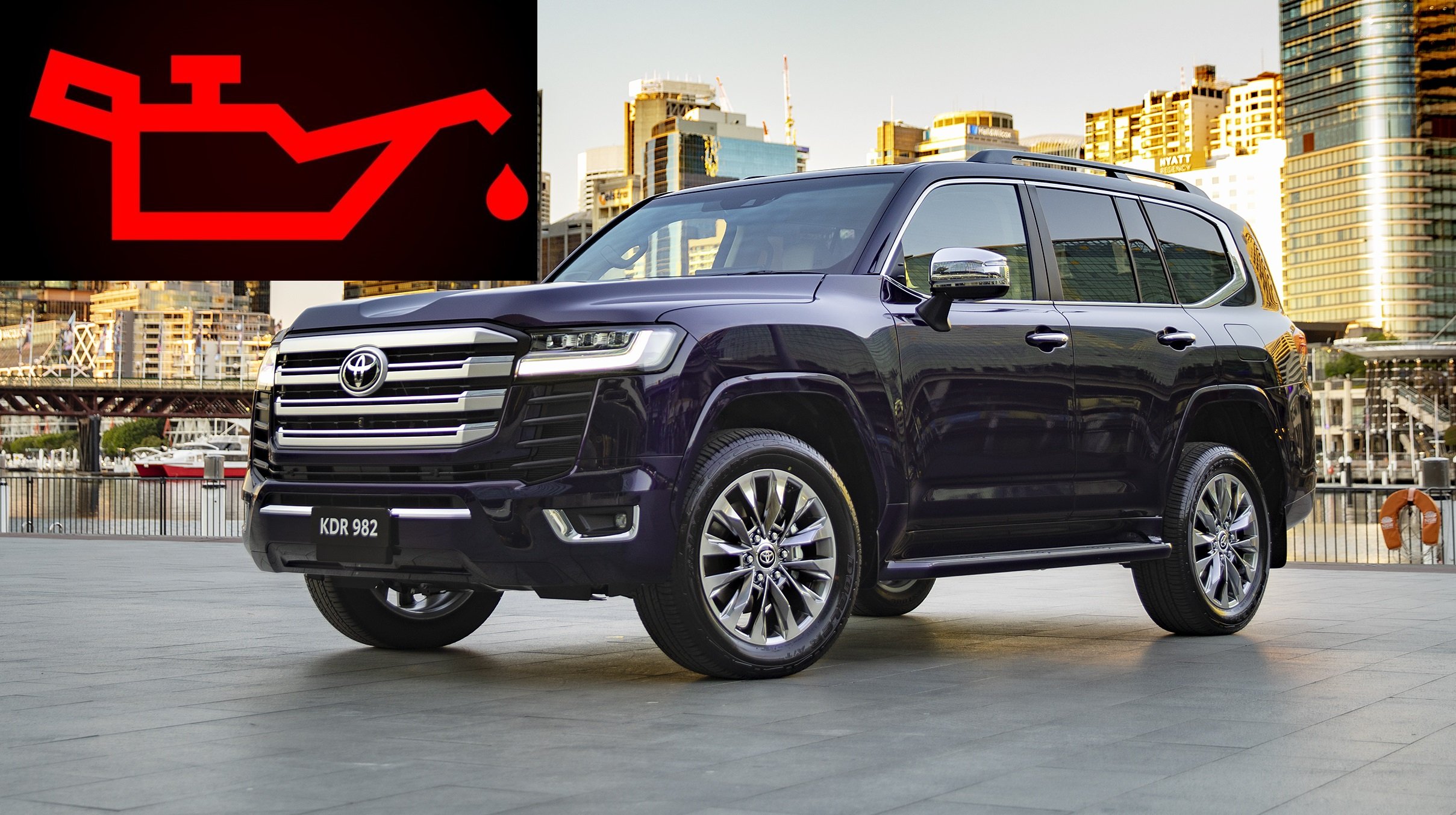





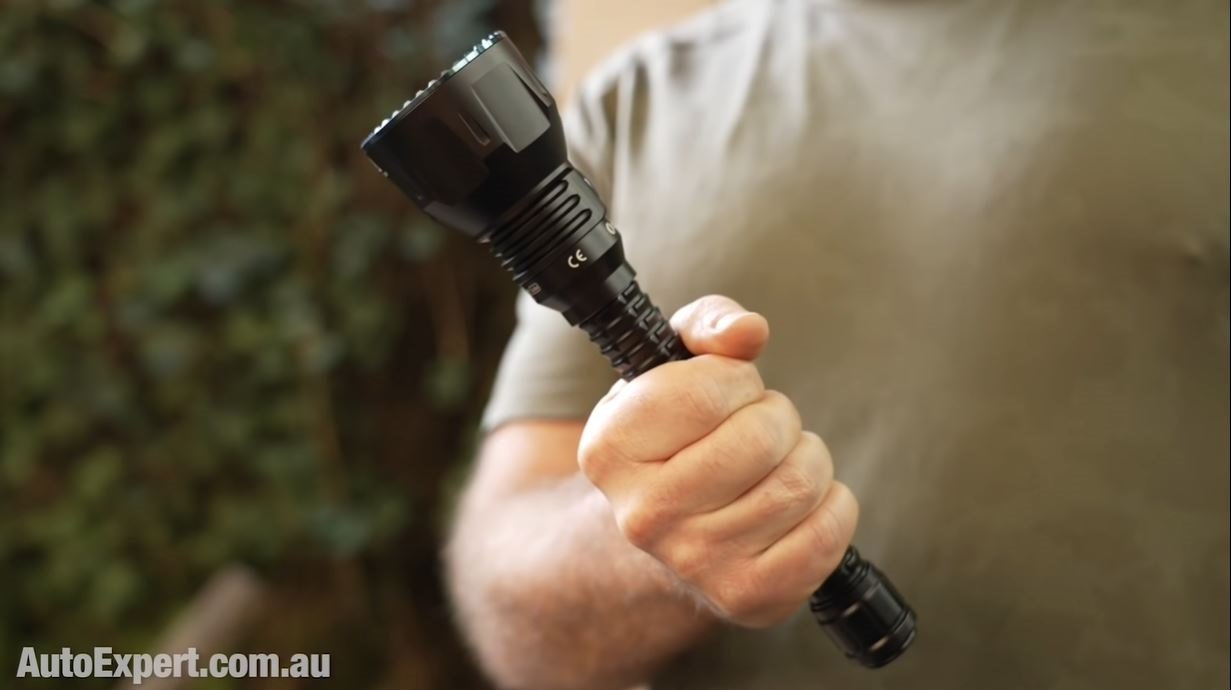
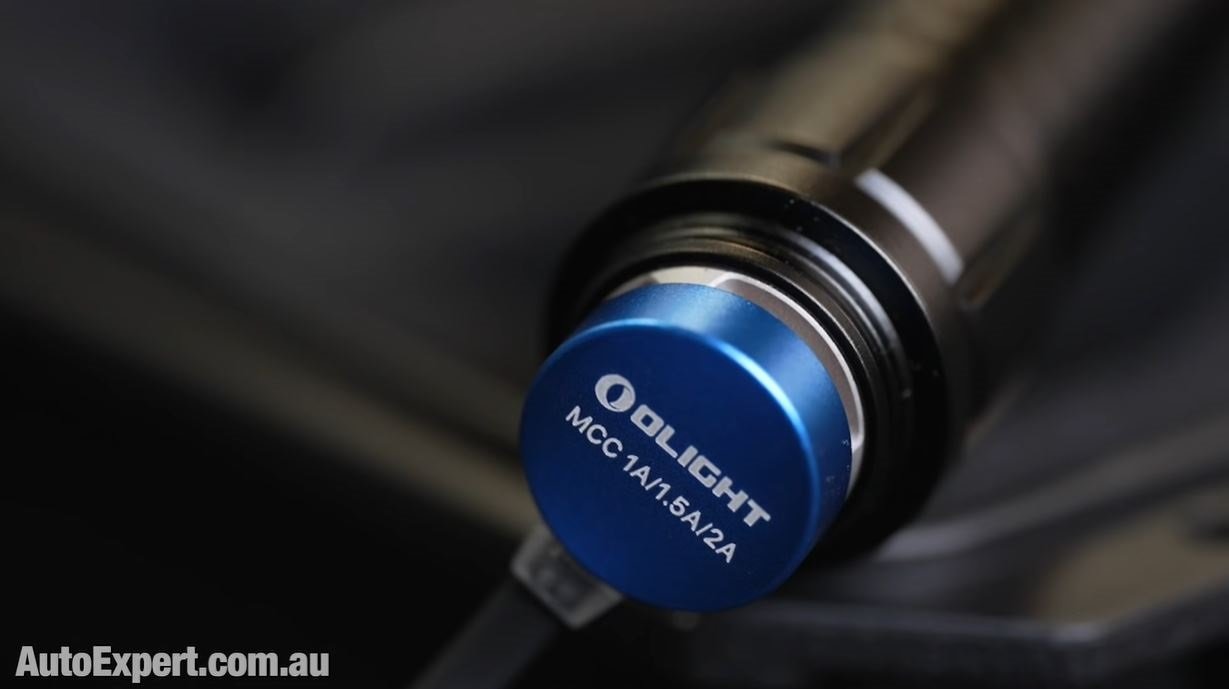
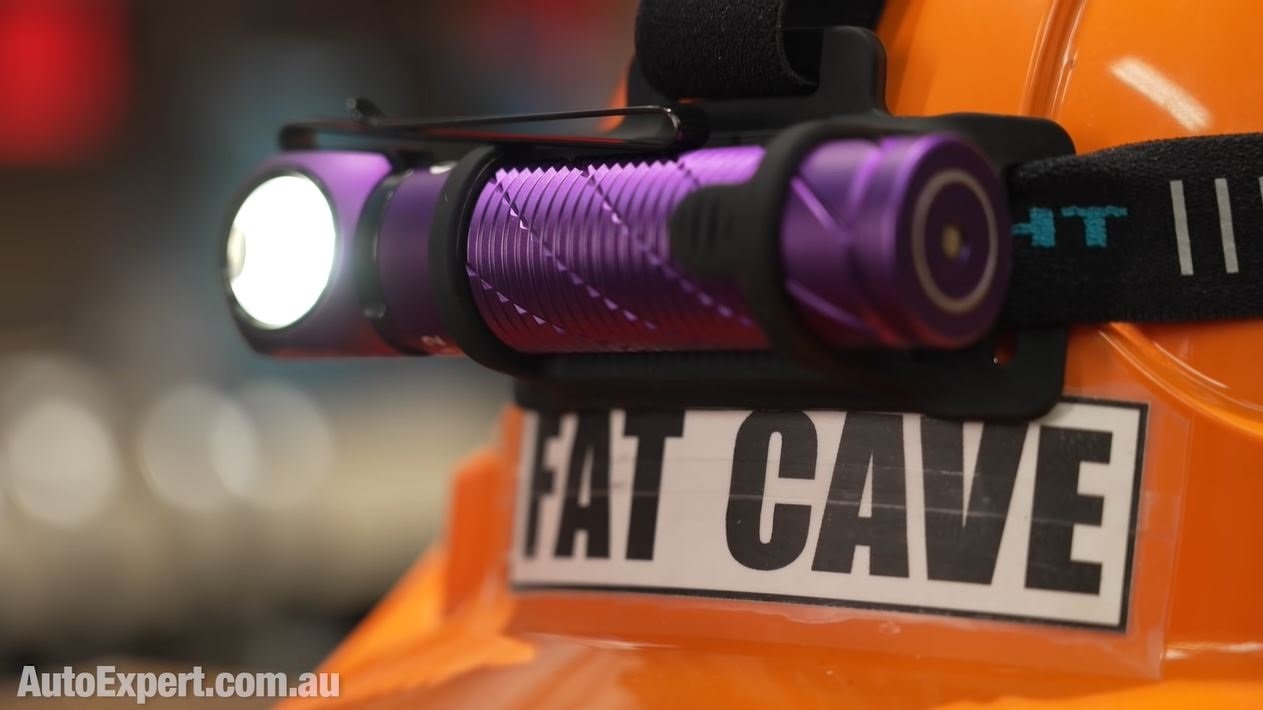
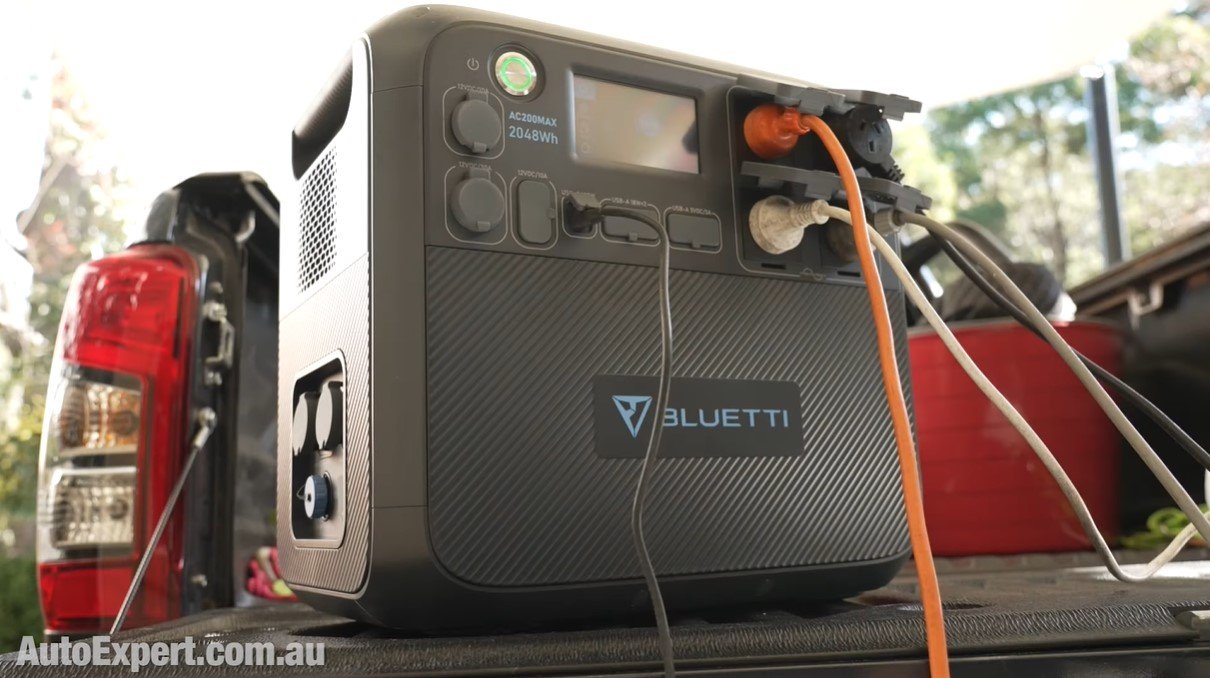

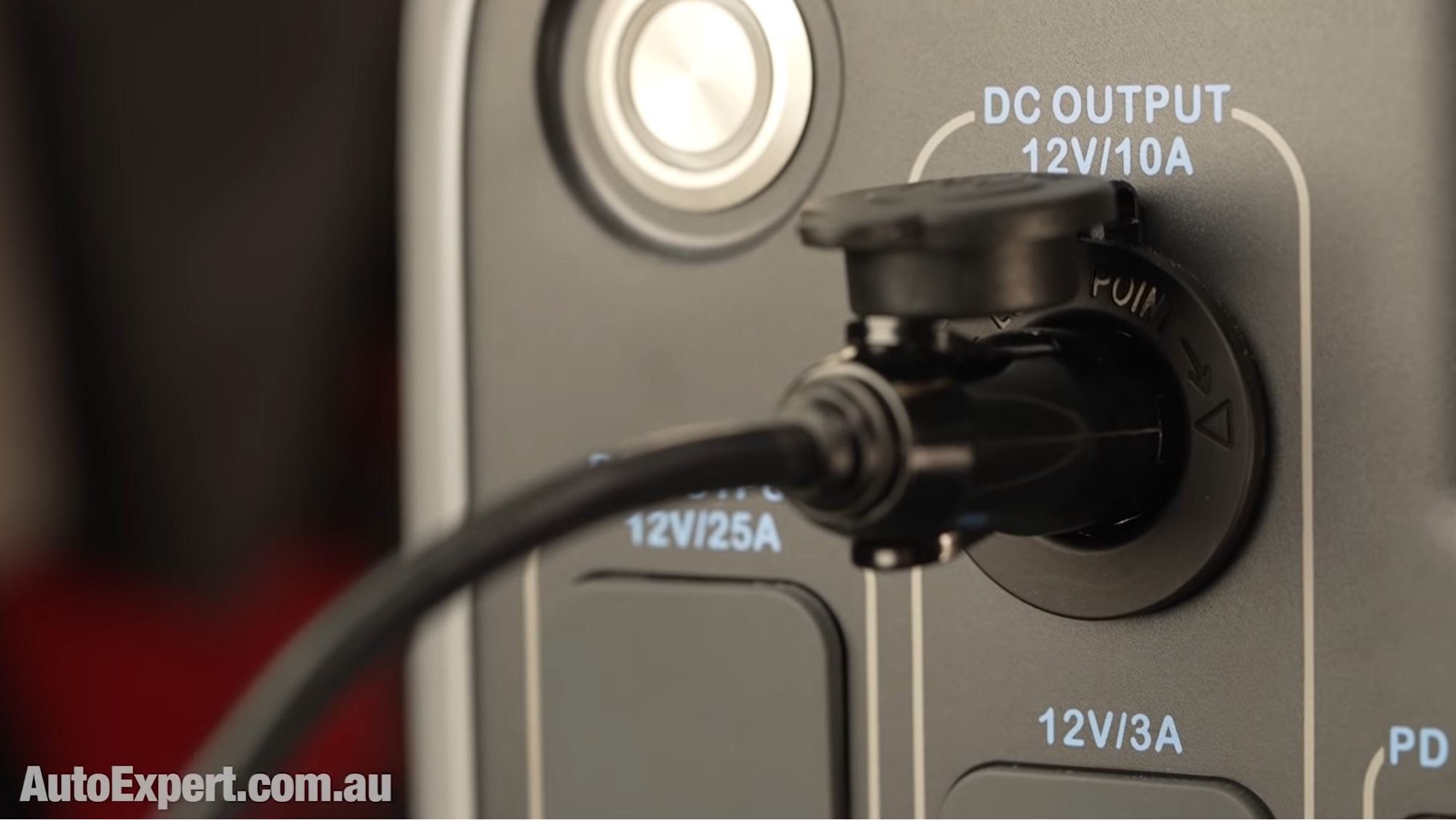
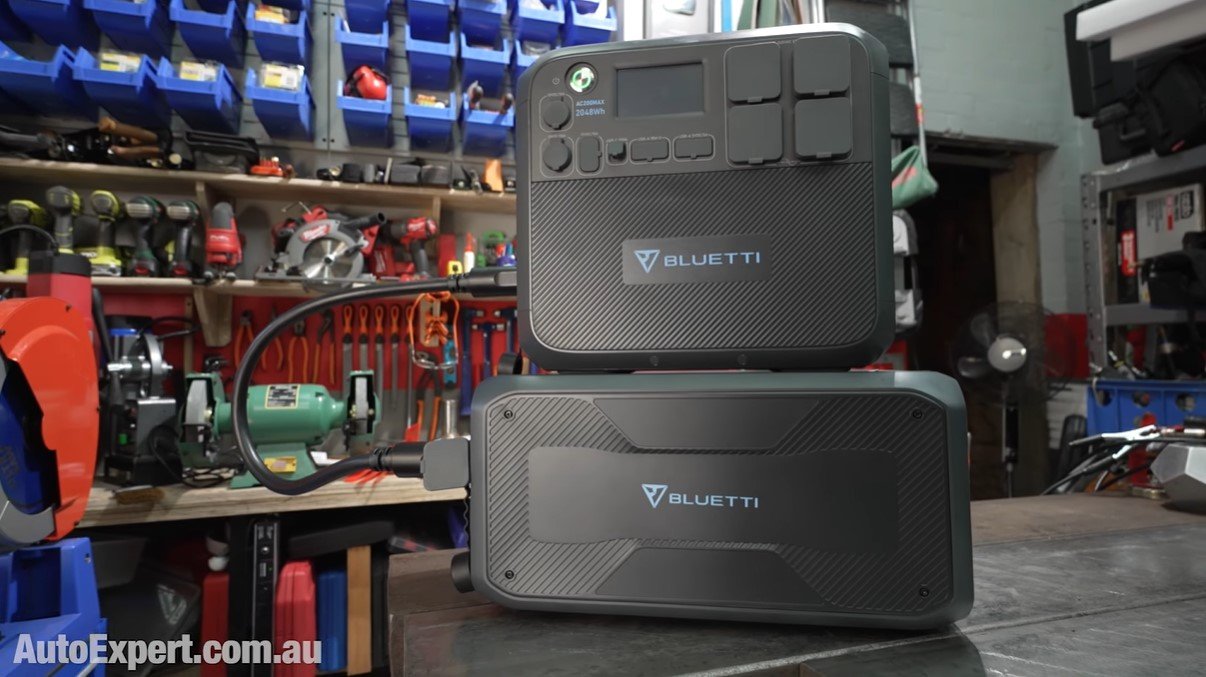
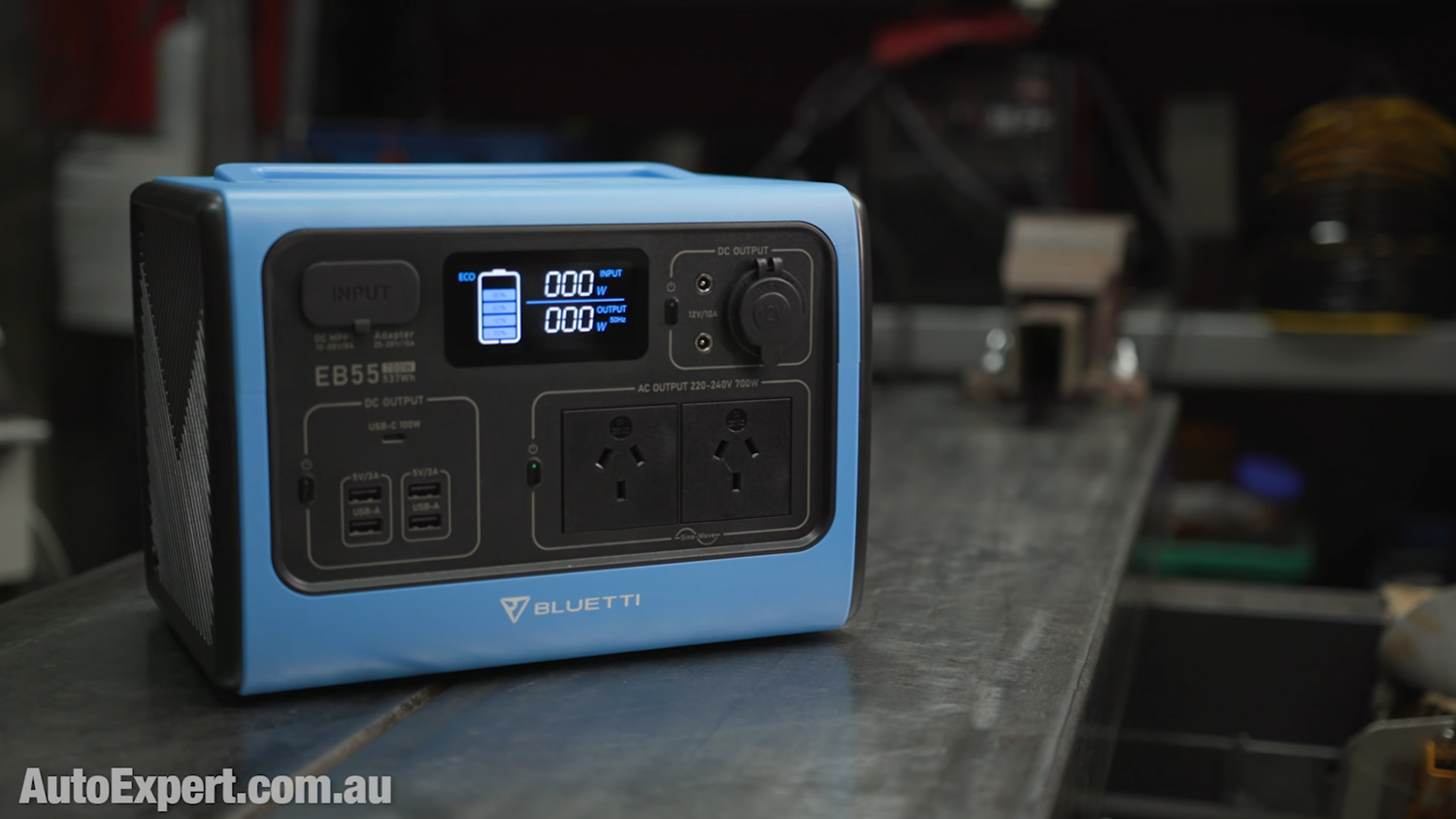
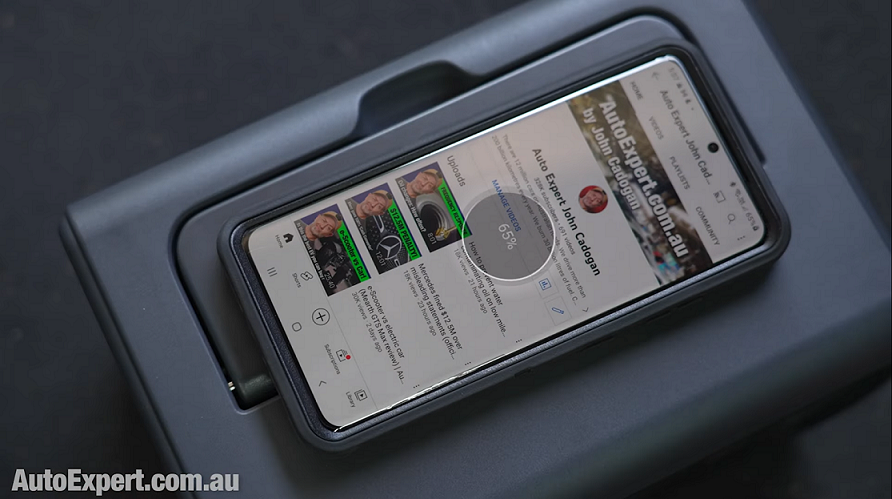
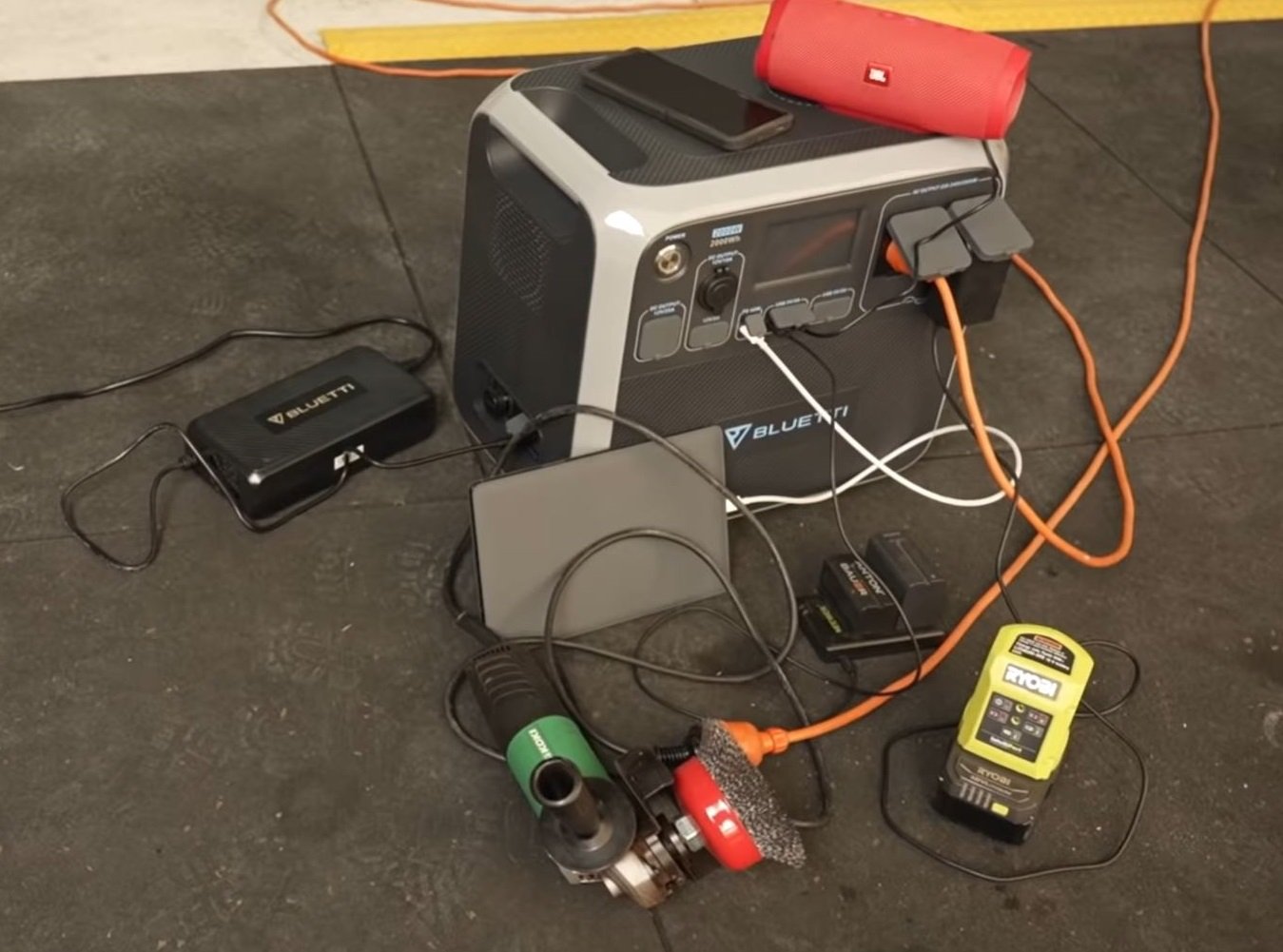
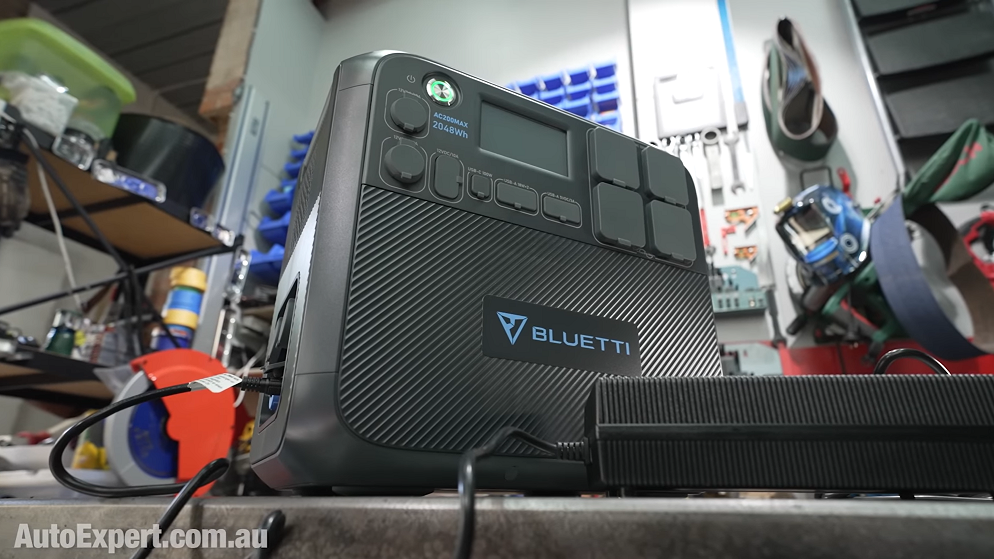











If you’re thinking about buying a small SUV, the Kia Seltos is a well-built, reliable example, with engine choices between ordinary daily commuting or sportier driving. See if the affordable, frugal Seltos is right for you.